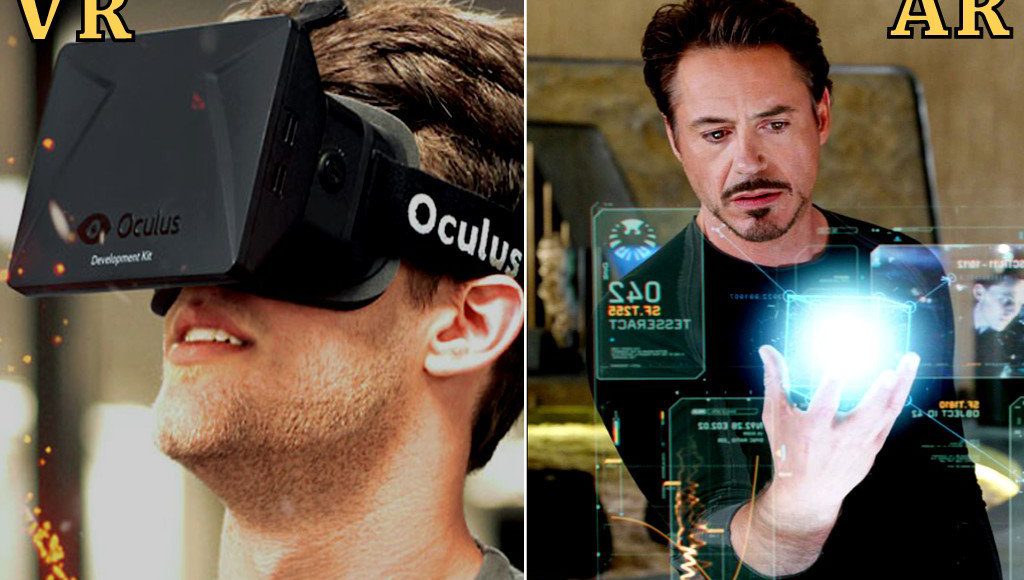So what exactly separates augmented reality and virtual reality?
The Principles of Virtual Reality
Virtual Reality (VR) creates a computer-generated, artificial recreation or simulation of a real-life situation or an environment.
Its immersive nature engages viewers by producing heightened experiences that stimulate the human sensory perceptions through simulated reality.
Virtual reality is typically attained by wearing a head-mounted display (VR headset), integrated with virtual reality technology. Some of the major players in the virtual reality domain are HTC Vive VR, Sony Playstation VR, Google Daydream View, Oculus Rift, and Samsung’s Gear VR.
VR can be primarily used in two different scenarios –
- To create an illusory reality for entertainment like 3D videos and high-end gaming
- To intensify the preparation for emergencies, enabling firefighters, pilots, and others to train beforehand, for real-life crisis situations
Virtual reality is achieved through VRML (Virtual Reality Modeling Language), a coding language, which can create sets of images for augmenting various experiences.
The Principles of Augmented Reality
Augmented Reality (AR) is basically a technology that outlays computer-generated augmentations on top of an existing reality in order to add value to it by creating more meaningful interactions.
AR is used through mobile-influenced apps that enhance the experience of a user by blending digital components into real-life environments.
The augmented reality technology, in recent times, is witnessing rapid adoption by mainstream establishments like government bodies, schools, universities, art galleries, museums, and various other institutions.
Tech leaders are also experimenting with AR in critical applications like motion-activated commands, holograms, smart cities, and smart homes. AR is also being used to produce 3D pop-out displays like text, images, emails, or scores on mobile devices.
Augmented Reality v/s Virtual Reality
-
Purpose
Augmented reality is used as an overlaying tool, which projects virtual components like digital graphics and images on real-world environments to heighten user experiences.
On the contrary, virtual reality constructs its own reality through computer-generated simulations.
-
Delivery
Virtual Reality is delivered through hand-held controllers and head-mounted gear, known as the VR headset. These devices establish a connection between the user and a virtual space, where they can control their actions and navigate in an environment that simulates a real world.
Augmented reality is usually used in mobile devices like smartphones, tablets, and netbooks, to alter real-life environments with graphic intersects and digital images.
Working Together
Even though both are independent technologies, they are, however, blended together to create even more immersive and engaging experiences.
For instance, haptic feedback – an added sensation and vibration – considered as augmentation, is often combined with virtual reality to produce enhanced life-like experiences of touch.
Augmented reality and virtual reality are excellent examples of digital and real-life interactions that transport people to a simulated space. A space where they can experience content like entertainment and games in an immersive and engaging environment.
Blended together, or served independently, they are without any doubt opening up entirely new dimensions in both real and virtual worlds alike.



